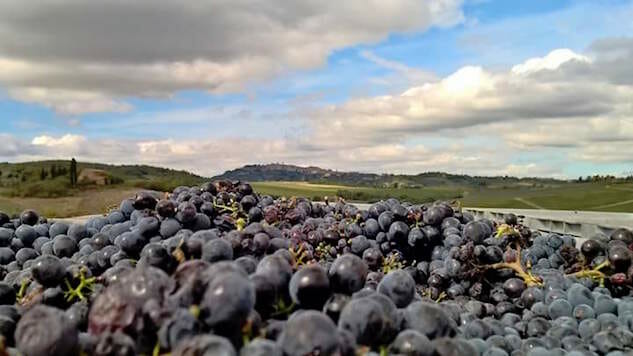Eco Wine-Star Spotlight: Avignonesi
Photo via Avignonesi
For those of you just joining us: I have a little bit of an Italian wine fetish. Let’s pretend we are on a super level critical playing field and I have no prejudice against, oh, say – France. Or Germany. Or Rutherford. I own it. I’m happy to be proven wrong – I adore being proven wrong – but I have a very strong inner “Paisan.”
The being proven wrong experience is nothing I am ever going to get from Avignonesi, though, even if that name references France. And the first thing I love about them is how good their wines are, but not far behind (and, I increasingly believe, directly connected to wine-goodness) is their light tread on the planet in the pursuit of Oeno-awesomeness.
Located in the southern hills of Tuscany near Cortona, Avignonesi makes a number of wines, including a beautiful Vino Nobile de Montepulciano, made from the region’s signature grape, Sangiovese. Merlots, Supertuscans, Chardonnay and even grappa are also made there. And all of them are 100% biodynamic with an emphasis on indigenous yeasts. These guys are big believers in letting the vineyard “imitate nature” (which really makes you think about why anyone would want their farmland to imitate anything else). The approach to farming and winemaking alike is consistently subtle, delicate, and easy on the ecosystem.
-

-

-

-

-

-

-

-

-

-

-

-

-

-

-

-

-

-

-

-

-

-

-

-

-

-

-

-

-

-

-

-

-

-

-

-

-

-

-

-








































